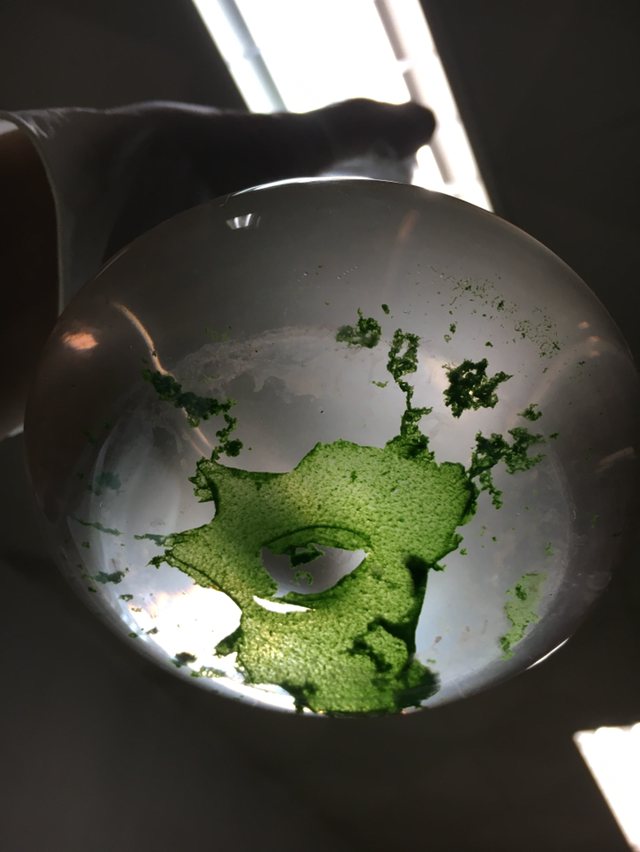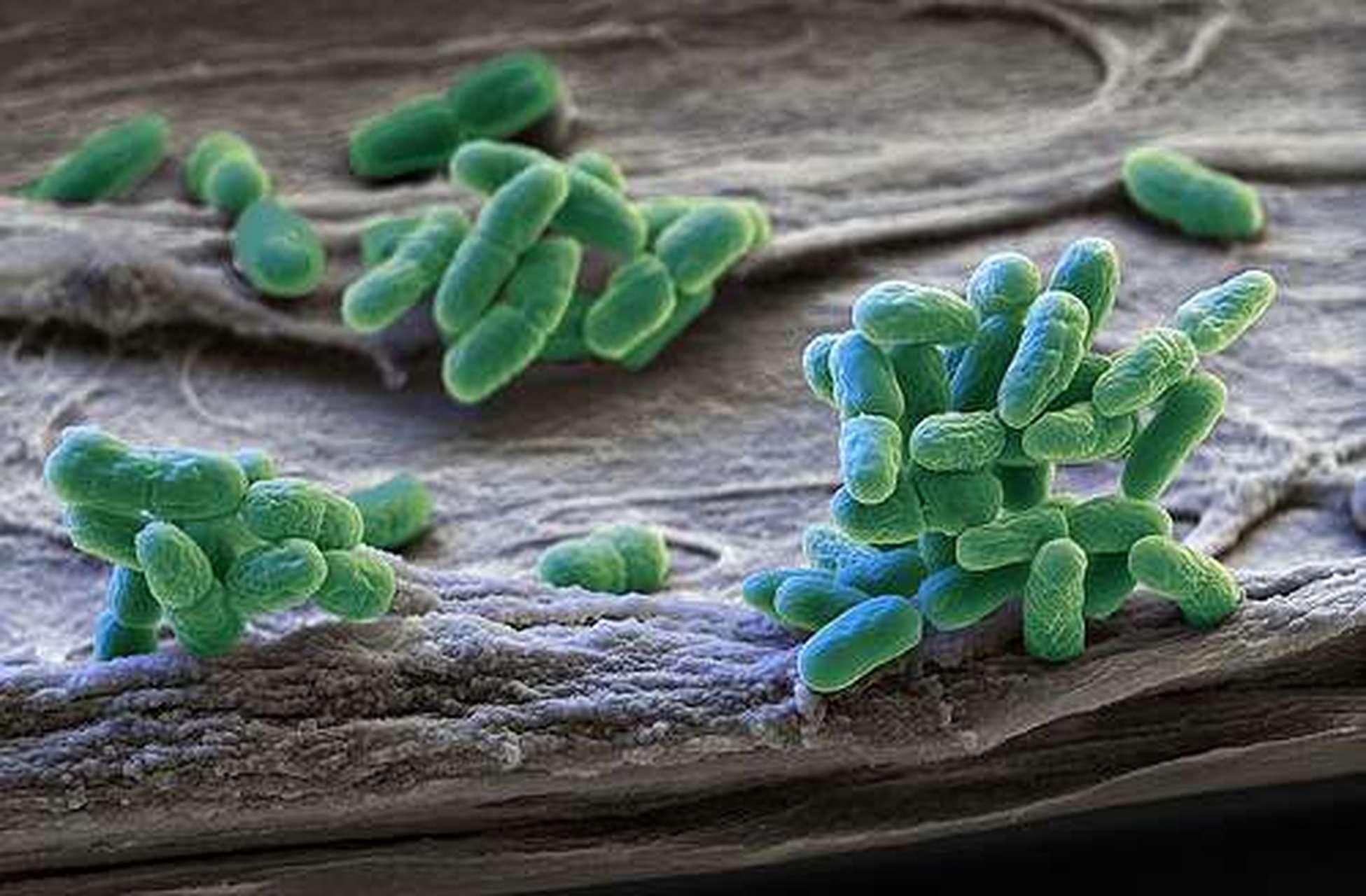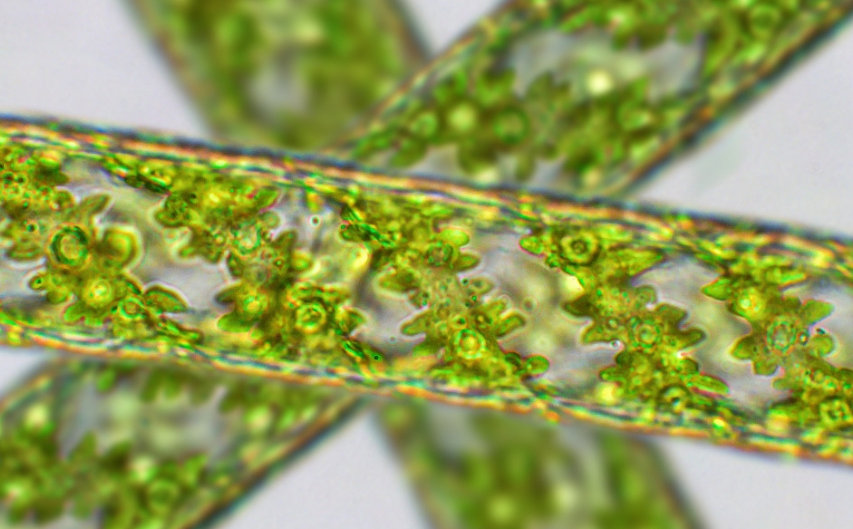Life on Earth Depends on the Network of Ocean Bacteria: The Wonderful World of Nanotube Bridges
Hidden in the vast oceans of Earth is a tiny yet critical world. The main characters of this world are Prochlorococcus bacteria, which are so small that it would take a thousand of them stacked together to match the thickness of a human thumbnail. However, their numbers are unimaginably large about 30 trillion. Life on Earth, including humans, depends on the hard work of these tiny cells.

In the past, biologists believed that these Prochlorecoccus bacteria were isolated wanderers, drifting alone in the vast ocean. However, recent studies have shown that the connections between these bacteria are much closer than we had imagined. They not only exchange information and nutrients in the ocean but also connect their internal spaces through a magical "nanotube bridge," forming a complex network.
These bacteria are like miniature cities in the ocean, with each cell being an independent house. The nanotube bridges are like the roads and bridges connecting these houses, allowing information and resources to flow freely between the cities This method of connection not only improves the efficiency of communication between bacteria but also enhances their ability to adapt to the environment.
The discovery of nanotube bridges came from an accidental observation. While taking photographs of cyanobacteria under a microscope, biologists unexpectedly found a cell with a long tubular structure that was grabbing onto its neighbour. This discovery stunned them because they realized this was not a random occurrence but a common connection method among bacteria. Further research revealed that not only Prochlorococcus cells are connected in this way, but also other bacteria.

Sanechococcus, which often lives nearby. Under the microscope, silver-coloured bridges connected three, four, or even ten or more cells, forming a complex network.
The working principle of the nanotube bridge can be likened to miniature highways These tubes are made of the bacterial cell membrane and can actively transport substances. Green fluorescent protein produced by one cell in the network quickly permeates to other cells. Similarly, chlorophyll (a small molecule that cannot pass through the bacterial membrane alone) can also be transferred through nanotube bridges between cells. This efficient transportation method allows bacterial communities to survive in harsh environments.
The discovery of nanotube bridges not only changes our understanding of the bacterial world but also provides a new perspective on the essence of life. These tiny bridges are not only channels for the transmission of information and nutrients between bacteria but also bonds of life. They connect otherwise isolated cells into a whole, allowing bacterial communities to work together like multicellular organisms.
For example, by simulating the working principle of nanotube bridges, we could develop new types of biosensors and drug delivery systems. These technologies not only improve the accuracy of medical diagnoses but also provide new tools for environmental protection. Furthermore, research on nanotube bridges may provide new clues to our understanding of the origin and evolution of multicellular organisms.

In this microscopic world, each cell is an independent individual, but through the connection of nanotube bridges, they form a tight network, collectively supporting life on Earth. This networked way of life not only demonstrates the wisdom of life but also offers us endless inspiration
(Writer:Juliy)





